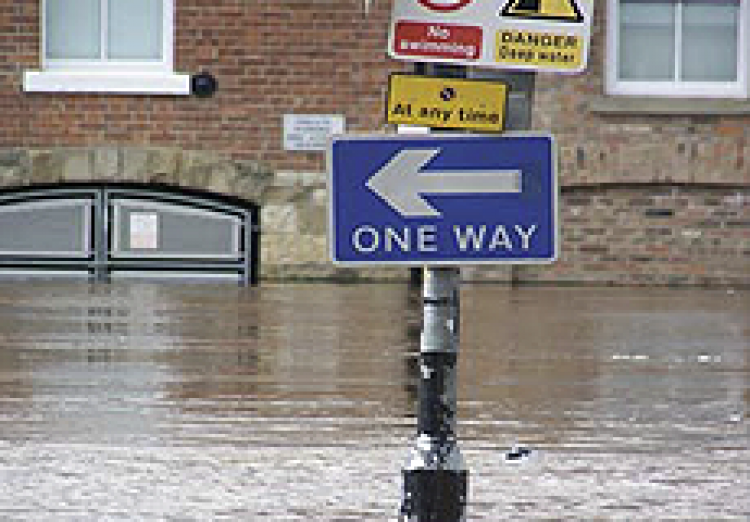Environmental – The recent floods in the UK raised the threat of possible liability exposures.

The recent catastrophic floods across a significant swathe of the UK raises the threat of possible environmental liability damage in the wake of this natural disaster.
Liabilities can exist where operators have not taken adequate precautions, even though certain laws such as the Environmental Damage Regulations do not apply to natural events. Stephen Ward of AIG discusses the importance of risk management procedures, what can be expected from a specialist environmental liability policy, and where the risks for businesses are.
Paying the price
Environmental liabilities differ from traditional insurance liabilities in that a remediation project can last for years. Pollution can continue long after the trigger event has happened and monitoring of the situation can go on long after the clean up has finished. New and changing environmental regulations have increased the requirements on clean up too. Because these types of damages are new and evolving, often traditional insurance products do not provide cover. The cost of clearing up the operators’ own site after an incident, or investigating and carrying out the replacement of fauna and flora are examples of exposures where only environmental impairment policies will provide a solution.
A pollution event can tie up internal resources, in terms of both people and money. There may also be ongoing damage to the company’s reputation as well as tangible knock-on effects such as the loss of a social license to trade or an adverse impact on the share price. The very act of buying environmental insurance demonstrates that protection has been put in place.
The burden of proof
To add further complication when an incident occurs, the Environmental Regulator will decide who they think is responsible and the accused will have to prove that they have taken reasonable precautions within the context of the incident. It’s often assumed that the nearest, or most obvious, candidate has caused the damage.
If your company is identified by the Regulator as having caused the pollution, proving your innocence may not be your only concern. The Regulator’s primary motive is to fix the problem, not to find out who caused it. Any costs attached to the actions your company are instructed to undertake, such as investigations or mitigation measures, will have to be borne by your company.
Getting the right help at the right time to find out what has caused the problem – and to begin to minimize the damage – is key. That could mean shutting off the site’s drainage; transporting contamination off site or soil and water investigation and analysis. All of this can be difficult and complex to arrange without expert guidance and support – and that is without considering the costs in terms of time and money.
Be prepared
Environmental Law is changing across Europe and much of this is are still relatively new, and their potential impact has yet to be fully tested. It is clear that this legislation introduces new liabilities and that companies across a wide range of industries and locations may face significant environmental liability exposure. In the case of flooding or other natural disasters it is the importance of being able to demonstrate that you taken reasonable precautions; therefore appropriate risk management procedures and correctly identify these exposures, is increasingly important.
Stephen Ward is senior underwriter, Environmental UK at AIG.
Environmental Law is changing across Europe and much of this is still relatively new, and their potential impact has yet to be fully tested.
Stephen Ward
Senior Underwriter, Environmental UK at AIG
